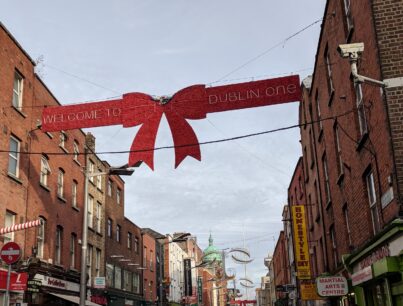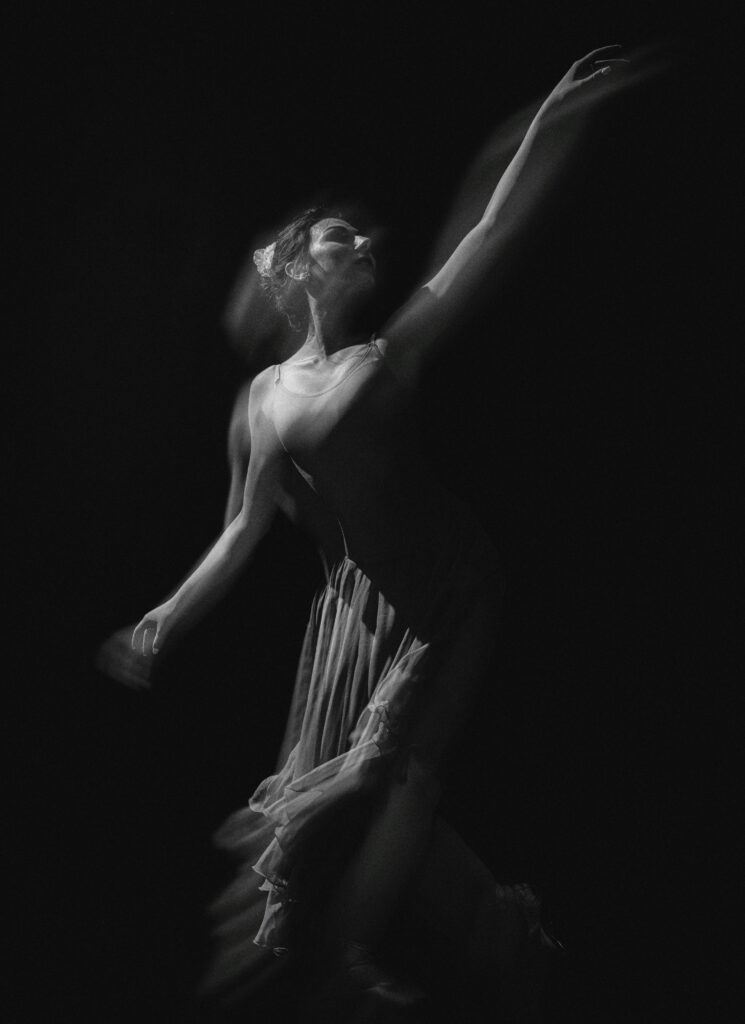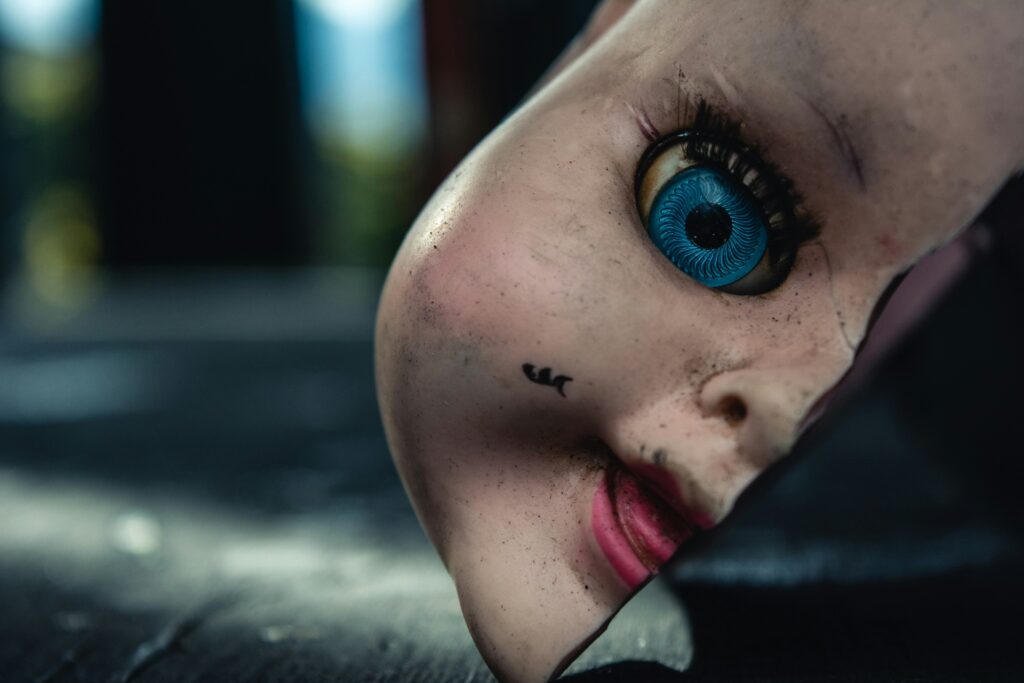Henry Street at Christmas, 2012
Seán Carlson, December 25, 2023
While living in Dublin in 2006, I often shopped at the fruit and vegetable stalls along Moore Street, nearly an hour’s walk from the room I let in Harold’s Cross. Vendors hawked their offerings in a tapestry of local accents. On lonely afternoons I found comfort in fried pancakes and a heaping bowl of spicy soup from a Chinese restaurant tucked behind beaded curtains. I bought international calling cards at a storefront adorned with Nigerian flags to ring my parents back in the United States from a phone box during the hours when Internet cafes were closed.
Mostly I walked around the city, taking buses when the weather required. The only time I hailed a taxi was the day I left, preparing to move to San Francisco for work. I missed my airport bus from the nearby boulevard of O’Connell Street and worried I might run late for my flight. As I sat into the car, I looked back at the pedestrian mall of Henry Street and the towering Spire monument, a glittering needle that replaced a bombed bust of the British naval admiral Horatio Nelson and served as an easy meeting point with friends I made hailing from all over the world. As we left, the driver warned me against spending time in such a “dodgy” neighbourhood.
I couldn’t gauge whether his judgment came on account of historic or present poverty, recent immigration, visible addictions, actual crimes, or a confluence of factors, but his words lingered. I traveled back to Ireland intermittently to see family, witnessing the impact of the country’s housing and banking crises dovetail with the Great Recession, but six years passed before I returned to that particular stretch of Dublin, shortly before Christmas in 2012. By then, my favourite restaurant was gone, friends had moved, and some shops I couldn’t name had turned over, but little seemed particularly changed. As I neared the corner of Henry Street, I took out my mobile phone and recorded a video of the surrounding scene, less than a minute in length.
The clip starts prematurely, lens focused downward on pavement slabs studded with chewing gum pressed beyond the point of stickiness, the bodiless steps of passing winter boots, handbags, and the hands of men wearing blue jackets distributing brochures of unknown literature. A dizzying glimpse of a florist’s cart gives way to a vendor preparing a fruit bag for one customer while another checks his phone beside a box of apples, ripe so late in the season.
Voices are indiscernible fragments of conversations until a tenor’s song overwhelms all others. The opera singer wears a tuxedo as a karaoke system behind him carries the instrumental and his voice soars in the heat of “O Holy Night” and fades into shouts of “half price” and the Spire ahead against the light of early afternoon. I walk too quickly and choppily to be filming as I manoeuvre my way through a crowd that’s young, old, and in between, dwelling on nothing in particular but capturing the rotation of an advertisement board, “for let” signs on shuttered shops, wreaths overheard, and other pedestrians unknowingly sharing in the moment with one another.
I’m uncertain whether I even sent the footage to my family since I figured it only meant something to me, but I uploaded the file to YouTube to save storage space on my phone. I didn’t give it another thought for years, until the end of the first calendar year of Covid. The day after my wife and I celebrated my second daughter’s first birthday, I received an alert in my inbox that somebody had commented on my YouTube video: “Ugh ew what are all those things?” This was at a time when the sight of unmasked crowds in pre-pandemic films could trigger gasps of awe.
What happened of course, as seems to happen with nearly anything on any platform, was that my video became a source of schism. Unsatisfied to allow a comment about people on a city’s streets, somebody else threw out the territorial battle lines of the River Liffey : “They’re called Northsiders.” The inclusion of a smiley face emoticon suggested the dig was in jest, but another user couldn’t let it go unanswered: “When most I recognise in the video are actually southsiders, what’s your point.” And then: “Don’t be silly…Southsiders don’t need to take the risk of walking down Henry Street!!” And another: “So how come I do it at least 4 times every day.”
Somehow, unbeknownst to me, “Dublin, Ireland: Christmas scene along Henry Street (2012)” — titled solely with my own mental sorting system in mind — had gone moderately viral. Far from the millions and millions of streams accrued by early YouTube sensations like “Lazy Sunday,” “Charlie Bit My Finger,” and “Gangnam Style,” my climb to upward of 19,000 views seemed like a zenith given my original audience comprised roughly a dozen followers.
As we spent Covid’s first Christmas at home with our family in Rhode Island, the streets of Dublin were entirely unreachable and the gathering of crowds in general seemed unthinkable. I rewatched my own footage with a sense of reverie while finding poetry in the online comments:
I laugh so hard
with a guy
singing so
well in a suit
And:
I like the open fruit market
I buy fruit all year
but yellow delicious apples
you can’t get until after October
Somebody dropped in the Irish flag using coloured heart emojis:
💚🤍🧡
And at least I felt momentarily affirmed by a serious nod of appreciation:
That pass by is meme-worthy
I never could figure out the cause of my video’s spike. As it didn’t appear to come from Facebook, Reddit, or Twitter, I assumed it surfaced in some arcane corridor of the internet. But when in the lead-up to Christmas this year, I encountered unrecognizable scenes from the same Dublin streets in news reports and across social platforms — the burning frame of a Luas tram, a bus ablaze, a masked man placing a box on fire into the back seat of a Garda car, glass shattered along the storefronts of Henry Street, shops looted, and so many of the participants and those on the periphery holding up their phones to film and circulate the footage — I looked more closely for analytics and found a simple answer to explain my video’s popularity: YouTube surfaced it.
With the rise of Instagram and TikTok, YouTube introduced YouTube Shorts in September 2020 as a way to serve viewers with short vertical videos. My footage fit within those parameters. Perhaps not surprisingly, a plurality of the viewers came from the United Kingdom, then from the United States. Only 13% of the total views came from within Ireland. I wondered about the origins of the comments as they continued: “I’d have thought that was obvious as it’s impossible to tell where a person is from just looking at them” followed by “Ah, you can easily tell the difference!” followed by “So where am I from then. However you must be some sort of alien so, because for humans it’s impossible” only for the stalemate to be broken by a turn to the literary: “Brendan Behan was a northsider and Oscar Wilde was a southsider. Argument over…..”
In the wake of the recent Dublin destruction, as X, the website formerly called Twitter, surfaced screeds and Facebook’s top result when I searched for Dublin was a page active since 2010 calling for revolution in Ireland, I stumbled into the Ireland subreddit where somebody whose account was suspended several years ago had published a black-and-white photo titled “Henry Street at Christmas, 1968.” This was the year after my mom left Ireland for London, and the wealth of storefronts and cars parking along both sides of the one-way street differed greatly from the pictures of her village across the country in North Kerry at the same time. Christmas lights stretch over Henry Street near a Woolworth’s department store. Maybe a dozen pedestrians stroll along in suits. The comments are predictable, thrashing on modernity with criticisms of LED lighting, lampost designs, and the sale of fidget spinners. “Ireland was so poor back then we couldn’t even afford colour,” says somebody, and also: “Can’t even spot a junkie. Mad.”
I return to my footage of Christmastime captured in passing somewhere between now and then, and see a comment I missed: “Time makes 👻 of us all. The world 🌎 is fleeting and we are all in transit. Fellow passengers to the grave, wrote Charles Dickens…carpe diem.”
You may also like

Eyes of the Beholden
Unspoken desires linger in the shadows of a teacher's life, revealed through art

LOST
Bessie's odyssey through stormy nights, lost love, and secret graveyards unfolds with haunting beauty in "Lost" by Sandra Dennis.

Water Rising
Amidst a flood, a woman grapples with the past, and confronts the consequences in this haunting narrative of resilience.

Book Review: White Nights by Urszula Honek
The debut short story from Polish writer Urszula Honek, White Nights, is akin to reading an account of a haunted place – one that is beautiful and devastating in equal
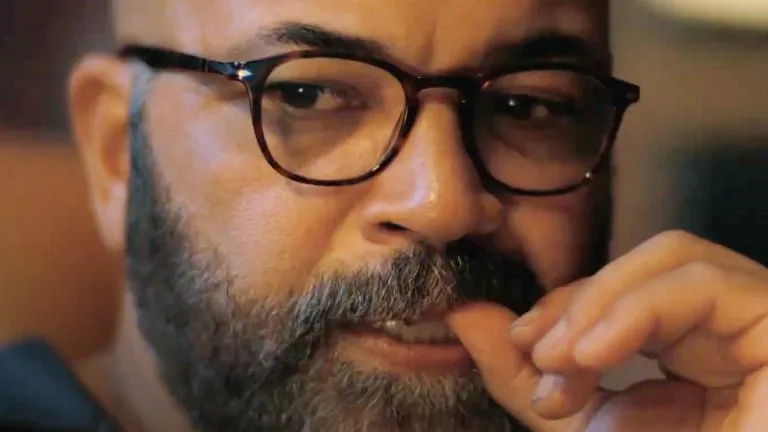
Beyond the Surface: The Multifaceted Lives of ‘American Fiction’
In essence, "American Fiction" and the experiences it draws from remind us that we are indeed more than the sum of our parts.
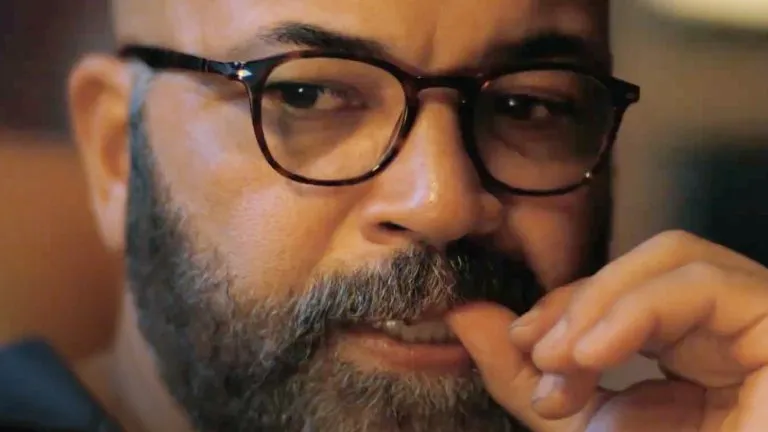
Beyond the Surface: The Multifaceted Lives of ‘American Fiction’
The narrative of “American Fiction” unfolds with a dual focus: it not only scrutinizes the unique pressures faced by Black creatives but also delves into the intricate and sometimes tense…

Uncle Bobby’s Funeral
Reluctant family faces the eccentricities of Uncle Bobby's funeral in swampy Chipley.




